Films & TV
Triumph for ‘Sound of Freedom’ As It Becomes Top Grossing July 4th Movie
"Sound of Freedom" (a heartrending film about saving children from human trafficking) took the top spot in sales on July...
Read moreDetailsWATCH: Plandemic 3: The Great Awakening | Plus List of Key Quotes
In this third and vitally important installment of the 'Plandemic' series, Mikki Willis delves into the psychological and ideological roots...
Read moreDetailsConscious Light: A Documentary Film on the Life & Work of Adi Da Samraj
Watch this trailer for the super inspirational, award-winning documentary on the life of Avatar Adi Da Samraj, called Conscious Light,...
Read moreDetailsComet of Deliverance: A Socio-Spiritual Review of “Don’t Look Up” by Charles Eisenstein
The knowledge of death restores the intimacy and grace that modern life so sorely lacks. That lack takes cinematic form...
Read moreDetails7 Things I Learned by Collaborating with Indigenous Wisdom Keepers
Natasha Deganello Giraudie discusses her seven lessons that I learned and was reminded of through the experience of co-directing the...
Read moreDetailsDocumentary Exposes The Alarming Truth – TV Puts Us In Hypnotic State and Suppresses Critical Thinking
A documentary titled Pseudology: The Art of Lying tells what many of us already presumed. Watching television does put the...
Read moreDetailsWatch the Award-Winning Documentary “Already Free” on April 24-25 in Celebration of World Tai Chi and Qigong Day
Already Free Trailer from REN XUE on Vimeo.CLN Editor Note: I absolutely love this highly inspirational film! You can watch...
Read moreDetailsThe Seeds of Vandana Shiva
Vandana Shiva, Ph.D., is a physicist and activist who works tirelessly to defend the environment and protect biodiversity from industrial...
Read moreDetailsRare Video of ‘Brave New World’ Author From 63 Years Ago
The video above features a 1958 interview of Aldous Huxley with Mike Wallace. It really is a great glimpse from...
Read moreDetailsThe New Normal Documentary
“The New Normal” documentary by Happen.network investigates speculation that the COVID-19 pandemic was planned — or at least is being...
Read moreDetailsA Glitch In The Matrix: Are We Living In A Simulation?
A trailer has been released for a new documentary film called A GLITCH IN THE MATRIX. The premise of the...
Read moreDetailsNew Documentary ‘DMT Quest’ Brings Science of ‘The Spirit Molecule’ to Mainstream Audience
Filmmaker Ben Stewart, who created the iconic documentaries Kymatica and Esoteric Agenda, shares his new film that looks into the science behind the visionary...
Read moreDetails10 Great Conscious Films Of 2020 – If You’re Looking For A Good Film To Watch
Finding a film that is both conscious and entertaining isn't always the easiest thing to do. Here is a great...
Read moreDetailsWhere is Deal or No Deal Now?
Where is Deal or No Deal now, and what happened to its regular TV slots across the globe? Read on...
Read moreDetailsThe Downsides to Life in the Spotlight as a Movie Star
Consider that whilst the lives of movie stars look highly desirable on the surface, the reality is not always the...
Read moreDetails


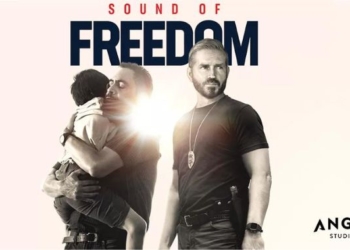
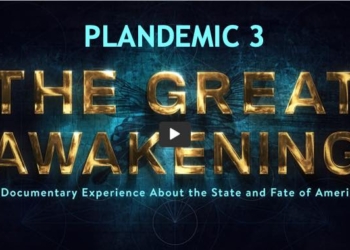
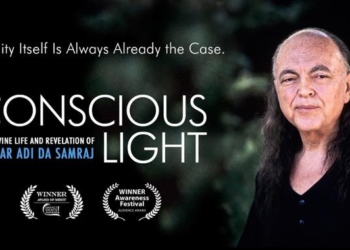
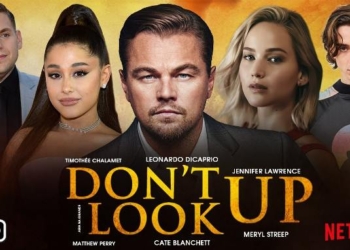
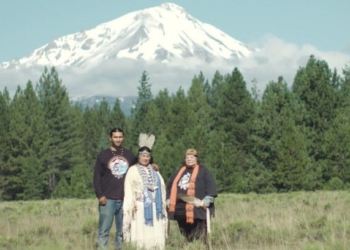

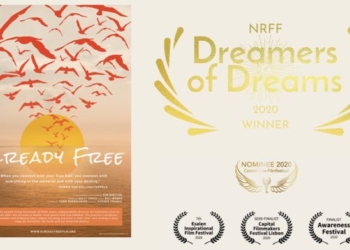

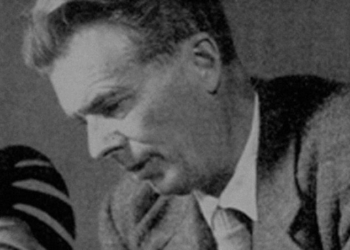

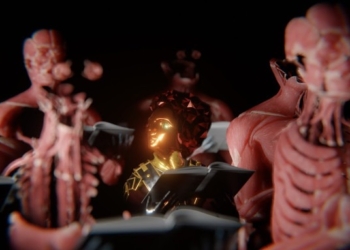

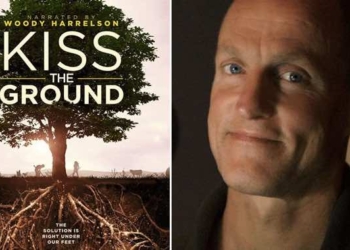

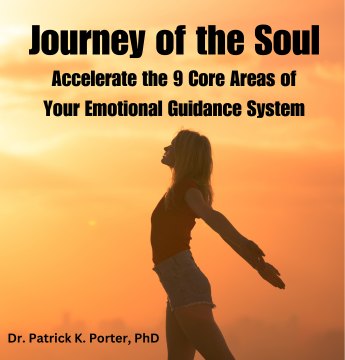


![Everything You Ever Wanted to Know About 9/11 Conspiracy Theory in Under 5 Minutes [VIDEO] | by James Corbett](https://consciouslifenews.com/wp-content/uploads/2018/09/911-a-conspiracy-theory-120x86.jpg)
